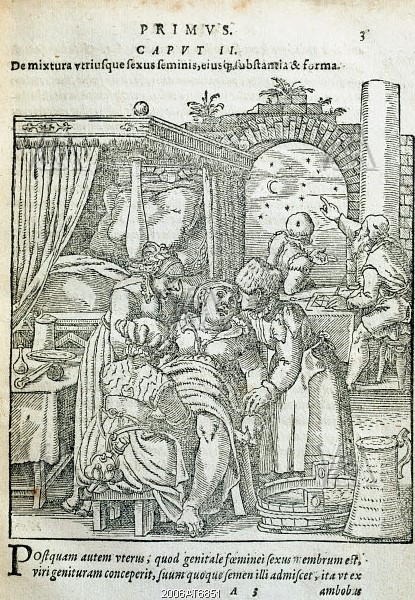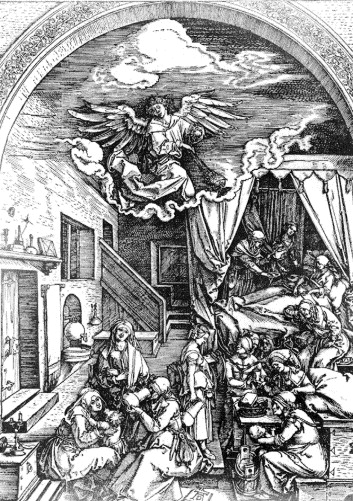17th Centruy Midwivery
Traditional, Religious, Community
For centuries, midwives were essential to childbirth, serving as trusted attendants in their communities. By the 1600s, childbirth was a women-only event where local women would come together to assist birth, the most experienced becoming midwives. Men avoided childbirth as it was deemed ungentlemanly.
Midwives operated under the Catholic Church, requiring licensing and oaths to ensure baptism, infant protection, and moral standards. Midwifery was viewed as a religious occupation, not a medical one.
…I will not destroy the child born of any woman, nor cut, nor pull off the head thereof, or otherwise dismember or hurt the same, or suffer it to be so hurt or dismembered, by any manner of ways or means…” -Eleanor Pead
Beyond the formal regulation, Midwives relied on community testimonials from mothers, medical men, and clergys to reinforce their role. So reputation was critical, and poor behavior could lead to license revocation. 17th century midwives experienced the right to practice and the responsibility to uphold community and religious expectations.

No Title (Jost Amman, published in Frankfurt Germany, 1587. An Illustration from Jacob Rueff's obstetrics book called, The Expert Midwife)
Midwives Gaining Authority
In the 18th Century, midwives gained authority in local government and communities and Religious upheavals reinforced baptisms as a test for religious conformity and obedience. Baptism became crucial for enforcing conformity to the Church of England, so midwives' oaths were strictly performed to reflect the values of the state.
“I christen thee in the name of the Father, the Son, and the Holy Ghost; and none other profane words. And that in such time of necessity, in baptizing any infant born, and pouring water upon the head of the infant, I will use pure and clean water, and not any rose or damask water, or water made of any confection or mixture: and that I will certify the curate of the parish church of every such baptizing.”
-Eleanor Pead [Midwife]
In the 18th Century, midwives gained authority in local government and communities while religious upheavals reinforced baptisms as a test for religious conformity and obedience. Baptism became crucial for enforcing conformity to the Church of England, so midwives' oaths were strictly performed to reflect the values of the state.

The Birth of The Virgin, 1511 (University of Glasgow)